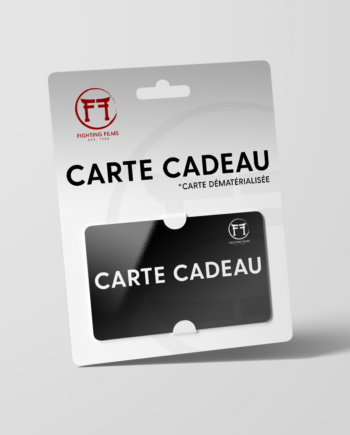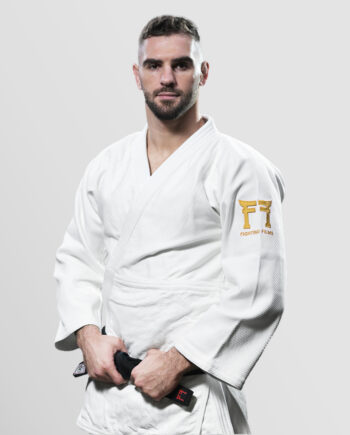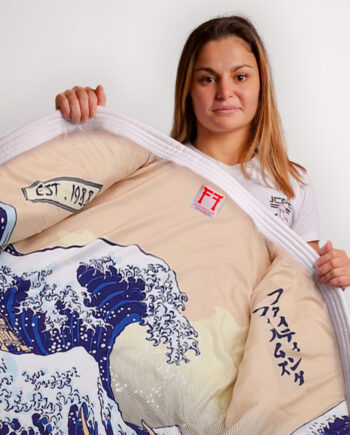In the world of martial arts, judo and karate stand out as two emblematic Japanese disciplines. Although they share certain common roots, these two arts differ greatly in terms of techniques, philosophy and approach. In this article, we’ll explore the differences between judo and karate, to help you better understand these two martial arts.
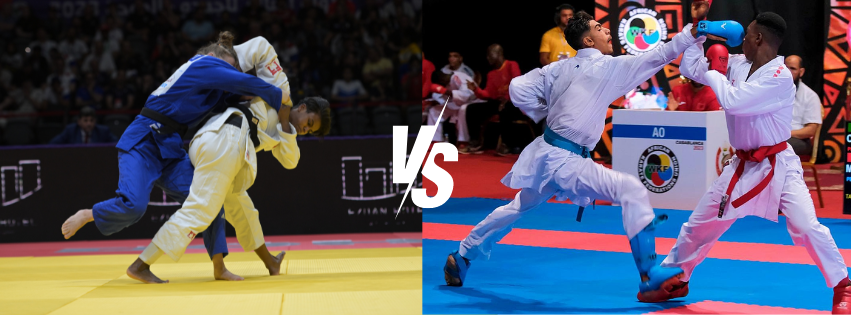
1. The origins of judo and karate
Judo and karate are the two most famous Japanese martial arts, but the history of these two Japanese symbols is very different:
-History of judo:
Judo was created in 1882 by Jigoro Kano as an evolution of traditional Japanese jiu-jitsu. Kano wanted to develop a “safer” martial art focused on physical education. He therefore eliminated the dangerous techniques of jiu-jitsu to make it a more accessible and less traumatic sport for the body, based mainly on projections and immobilizations.
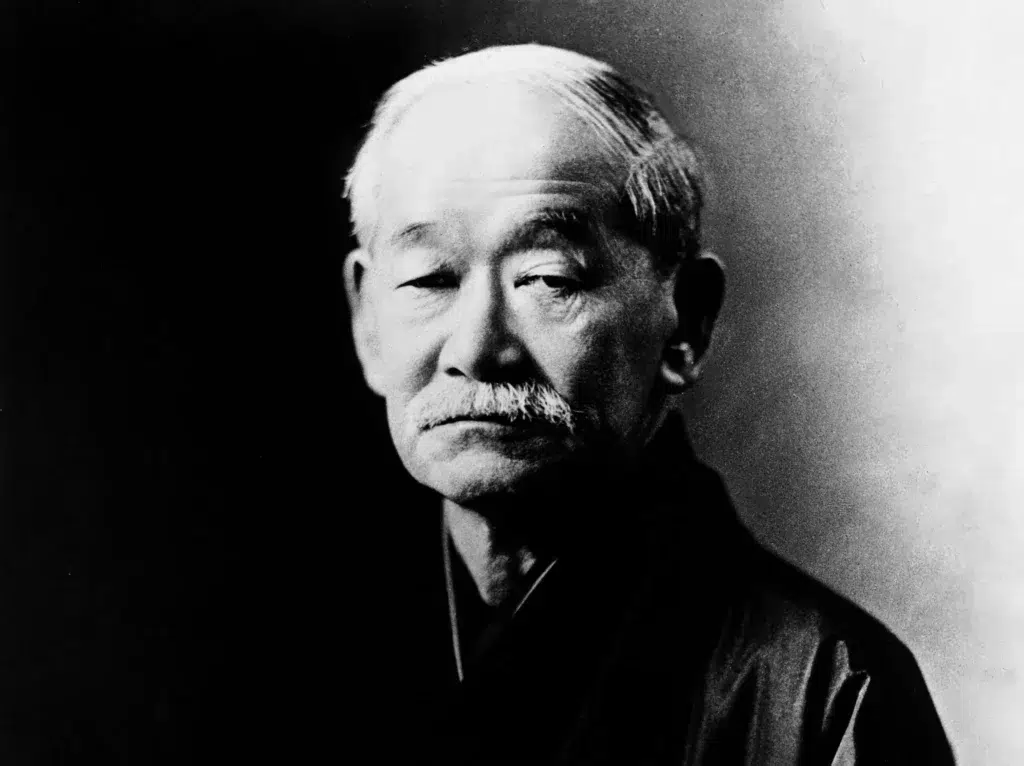
-History of karate:
Karate, for its part, originated on the Okinawa islands and was influenced by Chinese martial arts. Developed in the early 20th century, karate emphasizes striking techniques such as punches, kicks and defensive blocks. Gichin Funakoshi is often regarded as the father of modern karate.
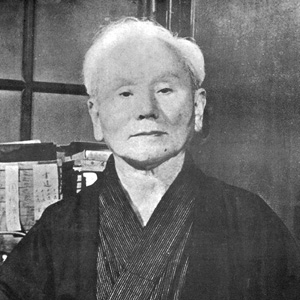
2. The differences between judo and karate: techniques
One of the most notable differences between judo and karate is the nature of their fighting techniques.
Judo: The art of imbalance
Judo focuses primarily on projections, ground control and submissions. Judokas seek to use their opponent’s strength to throw them to the ground, a central concept known as “kuzushi” (imbalance). Grabbing and throwing techniques are essential in this discipline. The importance of grappling explains the difference in kimono design. The kimono, called “judogi”, is made mostly of cotton and polyester, with a rice-grain weave that is very resistant, unlike karate and its karategi.
Karate: mastering strikes
Karate is a striking discipline. Practitioners, called karatekas, learn to use their body as a weapon to deliver punches, kicks, elbows and knees. Unlike judo, grabs and throws are rarely used, except in certain variants such as kyokushin karate. Because grappling and throws are used so sparingly, kimonos are lighter and made of canvas, facilitating movement.
3. Judogi vs Karategi
The differences between judo and karate are also reflected in their respective clothing:
–Judogi :
Judokas wear a “judogi”, a heavy, sturdy uniform designed to withstand grabs and throws. The judogi is often thicker and reinforced, as judokas need to be able to pull and hold their opponents without tearing their uniform.
-
Fighting Films gift card
-
Gold edition judo kimono180.00€
-
Kanagawa edition judogi180.00€
-
Olympic-standard judogiPrice range: 145.00€ through 220.00€
-
IJF judo kimono pantsPrice range: 55.00€ through 65.00€
-
judogi Superstar 650Gr IJFPrice range: 130.00€ through 160.00€
-
Superstar 650 Gr judo kimono limited editionPrice range: 145.00€ through 185.00€
-
My first kimonoPrice range: 21.90€ through 23.90€
-
judogi IJF Superstar 750 FrancePrice range: 150.00€ through 175.00€
–Karategi:
Karategi is lighter and designed to allow great freedom of movement when striking and dodging. Unlike judogi, it is less subject to the tension of grabs, which accentuates the speed and agility of karate movements.
5. Competitions and rules
Competition rules and formats in judo and karate also differ.
–Judo:
In competition, the aim is to throw your opponent to the ground with force and control, or to immobilize him. An “ippon” (full point) is awarded for a perfectly executed throw, when the opponent falls on his back. When an Ippon is scored, the fight is over, while half-points (“waza-ari”) may be awarded for less dominant techniques.
Judo’s rules are comprehensive and adapted to competition at all levels, from local to international, and for all ages.
–Karate:
In karate competitions, points are awarded for well-controlled strikes on specific areas of the body. Karate competitions can be semi-contact (as in shotokan karate) or full-contact (as in kyokushin).
In short, the differences between judo and karate mean that the choice depends on your personal objectives. If you’re looking to master the art of throwing and ground fighting, judo might be the best choice. On the other hand, if you’re more interested in striking and defensive techniques, karate offers a discipline more geared towards stand-up fighting. Both martial arts have their own merits and can bring you both physical and mental benefits.



